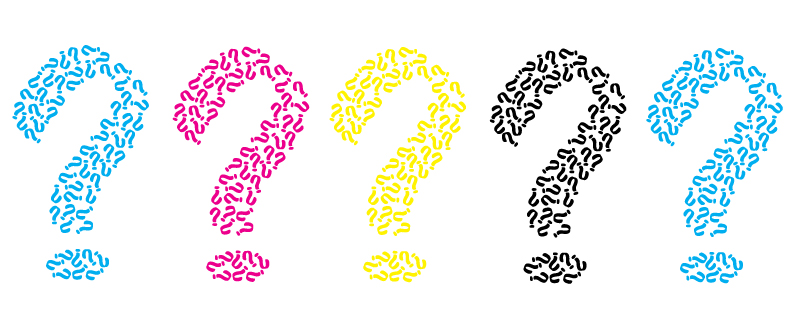
Recently I had a conversation with someone who asked what I do for a living. When I answered, “I’m a graphic designer,” their immediate response was, “Oh, so you must be good at painting and stuff, right?”
This small interaction got me thinking…sure, I might have some skill at drawing or painting, but does that really have anything to do with my chosen profession? Is the opposite true? Does my “graphic designer-ness” automatically make me an artist? As I sought out the answer, I found that I’m not alone in this quandary. Many artists and designers have given their 2 cents on this topic, so I thought it’d be a fun exercise to voice my opinion, too.
First of all, I don’t think this is an all-or-nothing situation. There are plenty of reasons why a person could be one and not the other, both or neither. Here are a few of the reasons why I think this way:
Talent vs. Skill
I feel pretty safe in saying that most artists are born with a certain innate ability or “talent”. Obviously this talent can be squandered and wasted by lack of practice or use, but it could also be enhanced and improved by learning skills. It is possible to be an accomplished artist without learning any tangible skills.
Design, on the other hand, is based on principles that can be learned and taught. While natural artistic abilities would probably augment learned skills, it doesn’t require those natural abilities to be a good designer. Proper use of design principles will result in a good design. I’m not saying there’s a formula or lack of creativity in design. What I mean to say is, with hard work and dedication, it’s possible to become a better designer even after you’ve reached your natural limit.
Questions vs. Answers
One of the first things I learned through my various design classes in college is that graphic design is solving problems visually. In other words – graphic design answers questions. Clients come to a designer with unsolved problems. Designers use their knowledge of space, size, position and color to solve those problems in a visual way that will impact the viewer enough for them to act on it (more on that later).
Artists express their emotions or thoughts in hopes that the finished product will evoke feelings from the viewer. In short – artists pose questions to their viewers. Art is extremely important to our society and culture. Every culture throughout history has had their own style of artistic expression. I believe it to be a fundamental slice of a society as a whole. Without art, some of the hardest questions would go unasked.
Inspiration vs. Motivation
This idea almost goes hand-in-hand with Questions vs. Answers. The purpose of graphic design is to motivate the viewer to DO something specific. Call this number. Come to this event. Buy this product. Hire me. It’s direct, it’s visually pleasing and it asks the viewer to act on the information given.
Art’s purpose is to inspire its viewers. Ideas, questions and creativity flow through minds as a beautiful painting is viewed. Artists strive to conjure up your dreams and imagination just by seeing what they’ve created. Its very intent is to be creative for creativity’s sake.
Although there are many differences between art and design, as you can see, they also work together. You can be an artist without being a designer and you can be a designer without being an artist. Both require some amount of creativity and both can be improved with practice.
What do you think? Does it help to be artistic as a designer? Do you think learning design principles make better artists?

